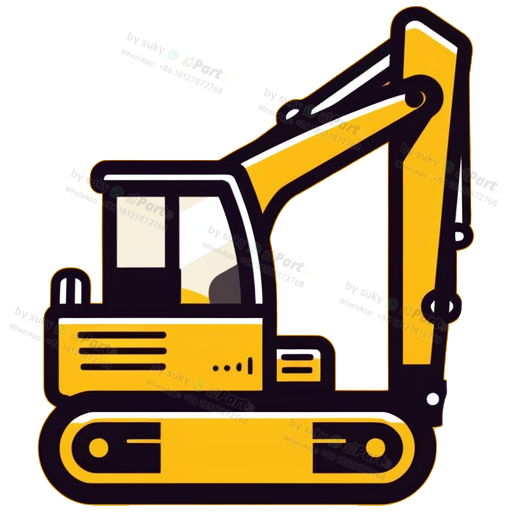# Parts of an Excavator and Their Functions
Excavators are essential machines in the construction and earthmoving industries. Understanding the various parts of an excavator and their functions can help importers and dealers make informed choices when sourcing components. This article will delve into the major parts of an excavator and their distinct functions, emphasizing their importance in overall performance.
## Key Components of an Excavator
An excavator typically comprises several crucial parts, each playing a vital role. The primary components include the **cabin**, **boom**, **dipper arm**, **bucket**, **undercarriage**, and **hydraulic system**. Each of these parts contributes to the machine’s efficiency and capability.
1. **Cabin**: The cabin houses the operator and contains controls for the excavator. It is designed to provide comfort and visibility, ensuring that the operator can maneuver the machine effectively and safely.
2. **Boom**: The boom is the long arm extendable from the cabin. It provides the reach necessary for digging deep into the ground or lifting heavy materials. The boom’s construction and strength are critical for the machine’s overall performance.
3. **Dipper Arm**: Attached to the boom, the dipper arm (or stick) allows for the flexible movement needed for digging and scooping materials. Its length determines how deep or far the bucket can reach.
4. **Bucket**: The bucket is the digging component of an excavator, designed to scoop up materials. Buckets come in various shapes and sizes, tailored for specific tasks, such as digging, grading, or demolition.
5. **Undercarriage**: The undercarriage supports the upper structure and allows for mobility. It includes tracks or wheels, providing stability and traction. An efficient undercarriage minimizes wear and enhances the excavator’s lifespan.
## The Importance of the Hydraulic System
The hydraulic system is the powerhouse of an excavator, facilitating the movement of various parts with exceptional precision. This system operates using hydraulic fluid to transfer power, allowing for precise control over the boom, dipper arm, and bucket. Retrofit and maintenance of hydraulic components are crucial for optimal machine performance and longevity.
Furthermore, understanding the hydraulic system’s relevance is crucial for importers and dealers, as they must ensure they stock high-quality hydraulic parts and fluids to maintain performance and efficiency.
## Conclusion
In summary, the parts of an excavator and their functions are integral to the machine’s performance in construction and earthmoving tasks. For importers and dealers, having a deep understanding of these components—particularly the cabin, boom, dipper arm, bucket, undercarriage, and hydraulic system—can pave the way for informed purchasing decisions and ultimately enhance customer satisfaction. Investing in quality excavator parts is essential for maintaining operational efficiency and ensuring long-term reliability in construction projects.

